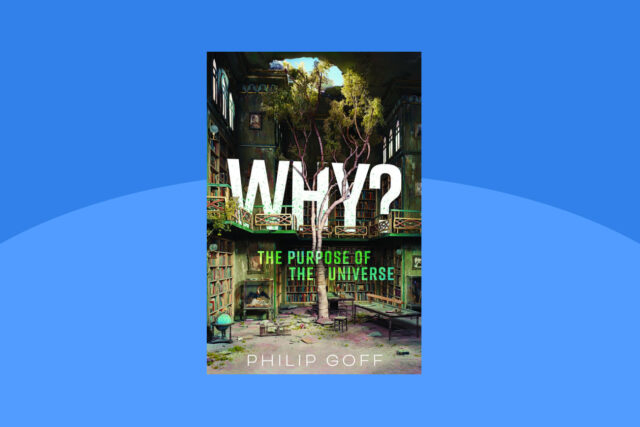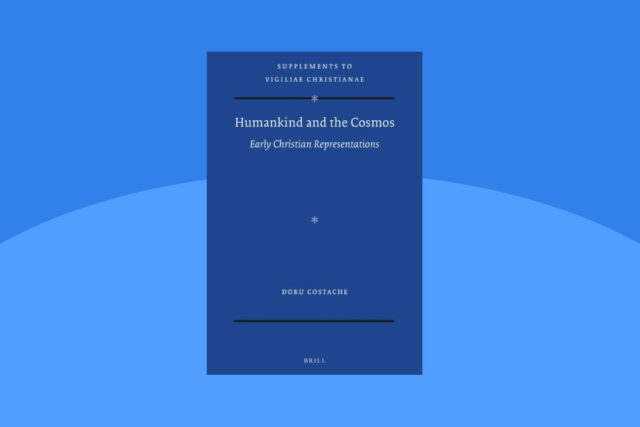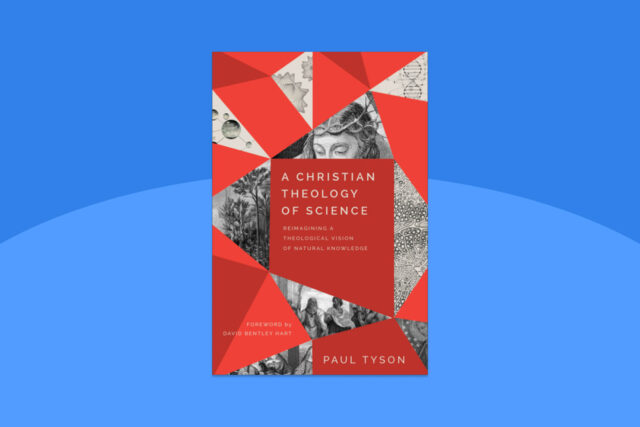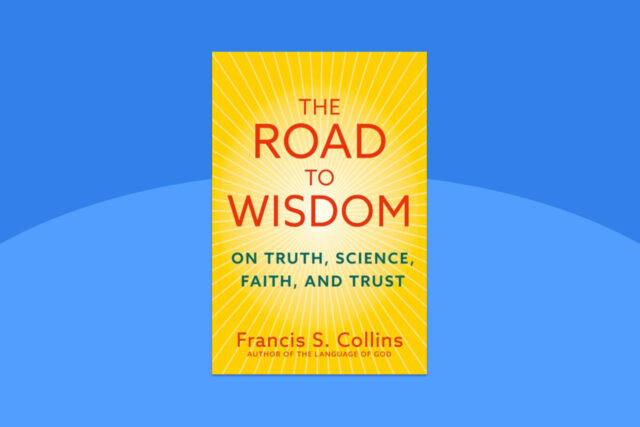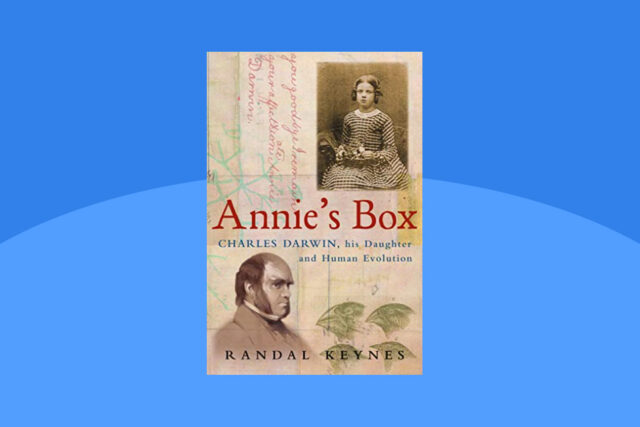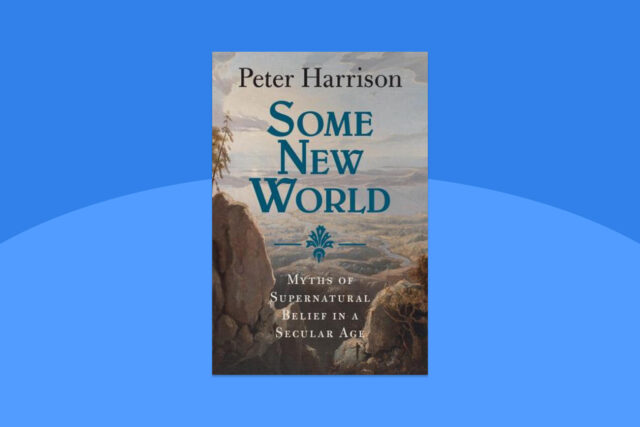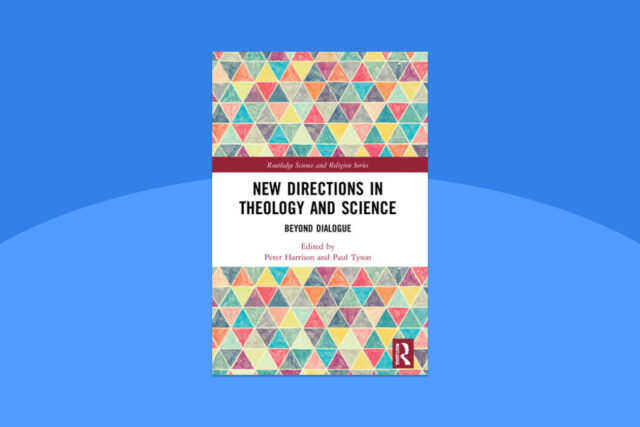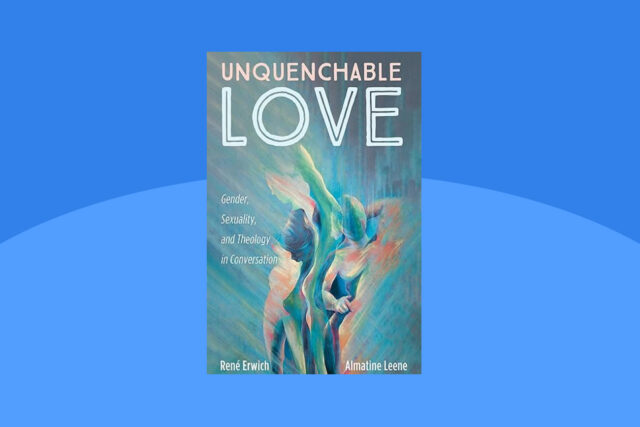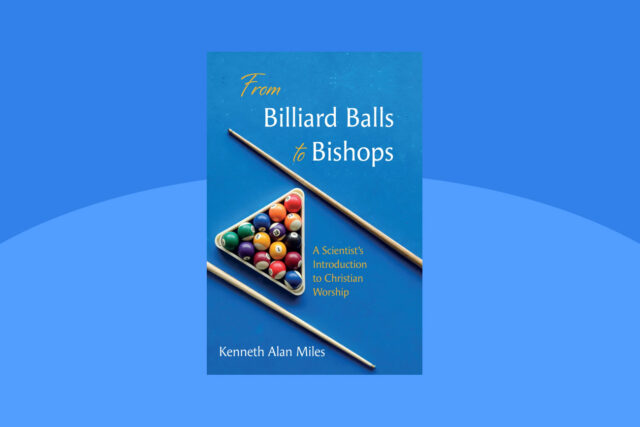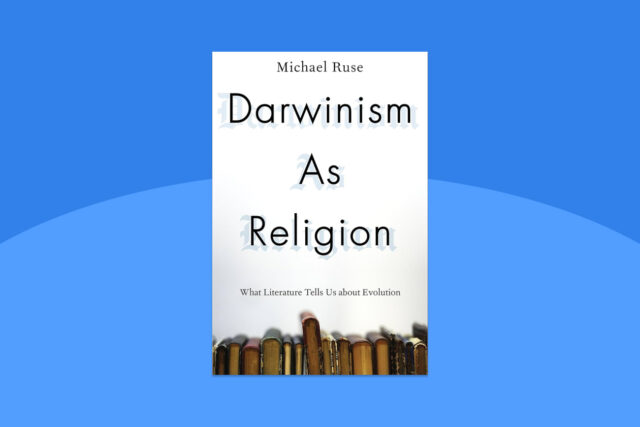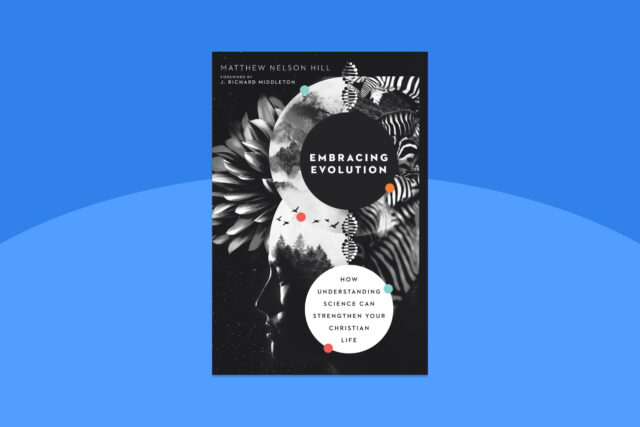
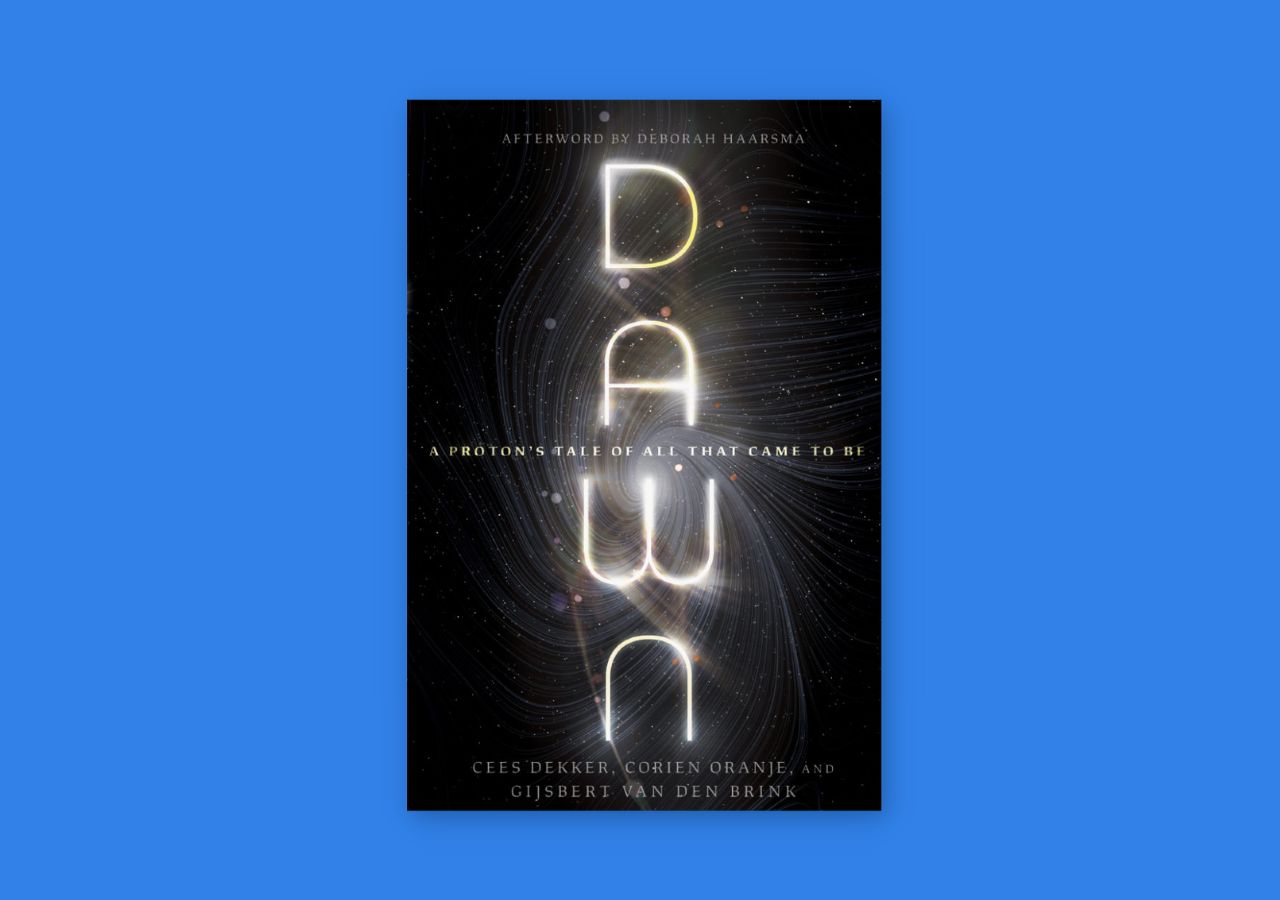
Dawn: A Proton’s Tale of All That Came to be is an invitation to discover the wonder and drama of the history of the cosmos from the perspective of a sentient proton. Combining its authors’ scientific knowledge, storytelling, and theological insights, Dawn provides a fresh look at the fundamentals of cosmology, evolutionary biology, and the good news of God in one overarching adventure—in the form of a story. Read the review by ISCAST Associate and theologian Charles Sherlock.
Dawn: A Proton’s Tale of All That Came to Be
by Cees Dekker, Corien Oranje, and Gisjbers van den Brink; translated by Harry Cook
IVP Academic: Downers Grove, IL, 2022; 176 pages
ISBN: 9781514005668, 1st edition, paperback
AUD$31
The title tells the tale. Pro, a sentient proton, tells of its experiences from coming to realisation soon after the Big Bang, to looking for the new creation. It is the most engaging science-related book I have come across—IVP classifies it as “science fiction.” It originated among Dutch Christians; Harry Cook’s translation retains the authors’ aim to produce a lively, scientifically and biblically reliable guide on how science and faith interact.
The book has 24 brief chapters. The first four cover the Big Bang to the formation of Earth. I cannot assess the science involved here, but I learnt quite a bit. Early on, two strangers to Pro, Kalon (“good”) and Achaton, tell of “someone called the Creator” who “thought of a plan to make something.” This claim underlies all that follows.
Chapters five to seven take up the evolution of life to the appearance of homo sapiens. The issues of seemingly wasteful death, and whether the human race derived from one couple, are handled skillfully: the first couple are named Womuntu and Maisha—names of African origin, reflecting the roots of human existence (as the “Conversation Among the Authors” appendix explains). The next five chapters describe the emergence of human society; thankfully, the authors appreciate that while sin has a beginning, looking for its origin continues the sinful response of blame. This is exemplified in the text by the responses of Adam and then Eve. Why sin originated remains a riddle.
Throughout Chapters five to twelve, Genesis 1–3 is handled adroitly. A creative “take” on its two trees works effectively to illustrate the social dimensions of sin, and appropriate place is given to “the opposition.” The Creator’s presence or not is seen as crucial to human well-being, though no distinction is made between this as being either “personal” and providential.
The second half of the book recounts the biblical story from Abram to David (13–15), Christ’s birth (16), ministry (17–18), death (19), resurrection (20), ascension (21), breath (22—love it!), science today (23), and new creation (24), before a final chapter on science–faith relations today. And it does this well, respecting both the limitations of us creatures and the boundless resources of divine grace.
The “Conversation Among the Authors” is an important appendix, preceded by a brief afterword. The book is helpfully rounded out by excellent discussion questions that raise key issues in ways that invite a re-read of earlier chapters.
This is both an interesting and significant book, with much skilled theology, for example, around sin, the breadth of atonement, Christ’s ascension, heaven, baptism, and more. I squirmed, however, at the way God is consistently named—even in relation to Jesus Christ—as “the Creator.” This may well have been done in view of the story being told from a strongly science-oriented perspective, but it comes across as a disturbingly “mechanical” understanding of God. I cannot recall reading anywhere of the “God and Father of our Lord Jesus Christ.”
I was reminded of the mess that scholastic and Reformed theology got into over “divine decrees.” The Scriptures clearly affirm the truth that God’s saving work in Christ has eternal dimensions for believers, “chosen in Christ before the foundation of the world to be holy and blameless before him in love” (Eph 1:4). But rather than reading this glorious assurance of God’s work in us “backwards,” the scholastics read it from the past forwards, arguing that God’s saints were enumerated in “divine decrees” even before creation. And this gave rise to much spiritual distress.
I sense a similar issue here. The Scriptures reveal God as creator from the viewpoint of salvation (e.g., Isa 40:25-31; 42:5-9; Job 40:15-24). Only after Paul realised the magnitude of Christ’s work did he proclaim the truth that “through him all things were made” (Col 1:15-20). God’s work is best discerned “backwards” from what is disclosed in Christ. Seeking to read creation’s story “forwards” from the beginning runs the danger of the triune Lord being understood in quasi-mechanical terms (“deism”). Living from God’s future “backwards” does not resolve scientific (or other) questions but sets them all in the light of the gospel. On similar lines, I winced at Jesus described as “Son (capitalised) of the Creator,” which muddles classical Christian belief about Christ, the Trinity, and the Blessed Virgin Mary!
What would help in this book? Rather than the repeated term “the Creator,” using other biblical terms would be helpful, notably “Lord,” with its (biblical) ambiguity used of both the triune God and Jesus Christ. And some recognition of the subtle difference between God’s work in providence and salvation, shaped by the varied work of the Spirit.
Enough of a theologian’s sensitivities. This short book may not be perfect, but a) I enjoyed it, and b) I was encouraged to reflect more on God’s ways, notably the significance of time over the millennia of millennia (recalling Eccl 3:1-8). I have no hesitation in commending it as a creative and highly accessible engagement with the wonder of creation, providence, and new creation. May it draw readers into sensing more of the gracious work of the Creator, revealed as Father, Son, and Holy Spirit.

